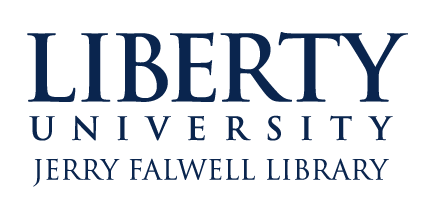Page Range
114-136
Keywords
Sanctuary, evil, desire, sexuality
Abstract
In a culture of moral relativism, Faulkner's novel Sanctuary shocks us with an ancient perspective on the nature of man. Not only is the villain Popeye evil, the "good guy" is infected as well, and this is seen through Faulkner's comparison of our hero Horace with Popeye, parallels drawn between Horace's festering desire for his stepdaughter and Popeye's lust for his rape victim Temple Drake. But it is not only the adult men who are at fault. Temple Drake herself is shown to be in the throes between childlike innocence (temple) and evil desire (drake, meaning dragon or serpent). Perhaps worst of all is the hypocrisy of the minor religious figures. At its heart, Sanctuary is an in-depth and devastating study of moral evil, and it reveals evil's complexity. This is something worth examining no matter how frightening for the humility, empathy, wisdom, and grace that can be evoked from realizing the potential to be a villain is within us all.
Recommended Citation
Gray, Bronwyn M.. 2022. "Silent Horror: The Complexity, Monstrosity, and Ubiquity of Evil in Faulkner’s Sanctuary." Liberty Theological Review 6, (2). https://doi.org/10.70623/NXFI4489.


